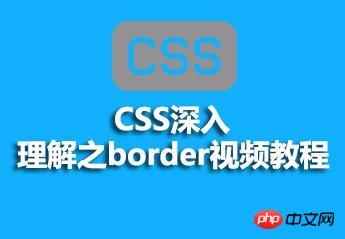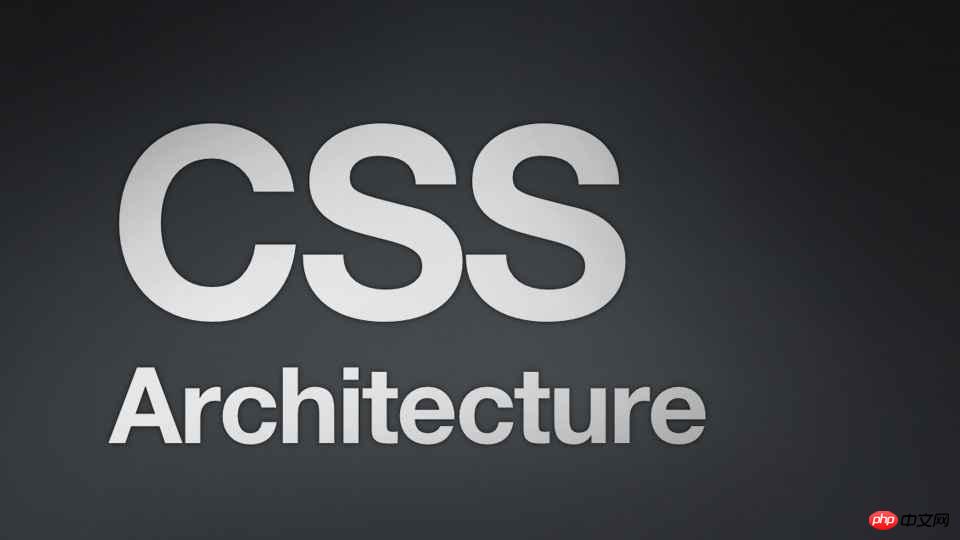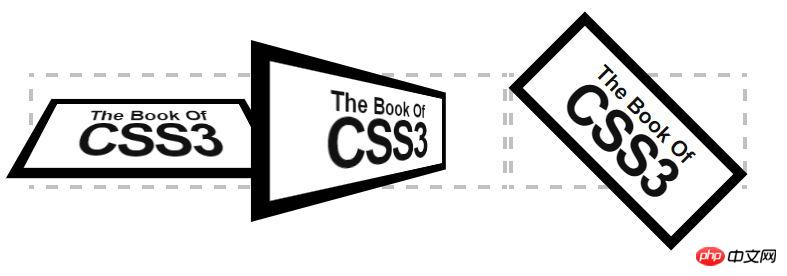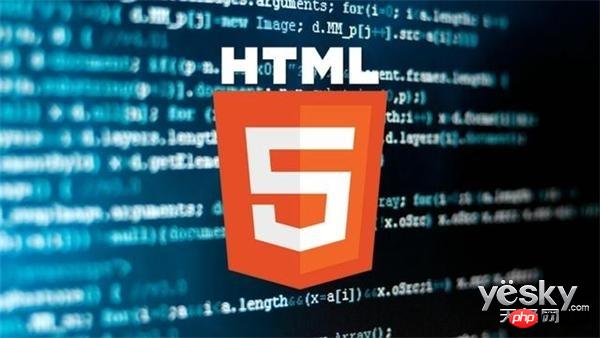Summarize the methods of achieving various effects with css borders
In css, you can change the style and color of the border through styles. Here are a few ways to change the border:
1.CSS in-depth understanding of the border video tutorial
"CSS In-depth Understanding of Border Video Tutorial" will explain in depth the border attribute in CSS, the relationship between border-color, border and background positioning, border and transparent borders, and teach you how to use Border is used for graphic construction, and how to complete our layout using limited tags with the help of border.
Study "CSS In-depth Understanding of Border Video Tutorial" and you will understand the border-width attribute; In-depth understanding of various border-style types; The wonderful use of border in certain background positioning requirements; Construction of graphics such as borders and triangles; border and transparent border; How to complete our layout using limited tags with the help of border.

This article mainly introduces to you Related information about using CSS3 pseudo-elements to realize gradually glowing square borders. The article gives detailed sample codes for everyone to refer to and learn. It has certain reference and learning value for everyone. Friends who need it can take a look below.
This article introduces a code that uses pseudo elements to realize the gradual glow of the border, mainly using the two attributes of scale and opacity.

Rounded corners: border- radius: pixels/percentage
A value sets the horizontal and vertical radius of the four corners of the box. Each corner can be set independently. The order of values is upper left, upper right, lower right, lower left, and clockwise settings can be abbreviated. The logic is the same as padding and margin. The units support pixels and percentages (referring to width and height)
You can use horizontal radius/vertical radius to control the radius separately, and each radius can be controlled independently

4.How to control the CSS border length sample code sharing
CSS border length control
CSS border length control. In the past, when the border length needed to be smaller than the container, I used p nesting. Later, I found that pseudo-classes are very convenient to achieve this effect. Only one p is enough. In addition, adjusting padding and margin is not very troublesome.
5.Detailed explanation of examples of implementing rounded rectangles in HTML
This article mainly introduces in detail how to easily implement rounded rectangles in HTML and tells you how to achieve it through p+css and positioning to achieve rounded rectangle? Interested friends can refer to the
question: How to realize a rounded rectangle through p+css and positioning?

The above is the detailed content of Summarize the methods of achieving various effects with css borders. For more information, please follow other related articles on the PHP Chinese website!

Hot AI Tools

Undresser.AI Undress
AI-powered app for creating realistic nude photos

AI Clothes Remover
Online AI tool for removing clothes from photos.

Undress AI Tool
Undress images for free

Clothoff.io
AI clothes remover

AI Hentai Generator
Generate AI Hentai for free.

Hot Article

Hot Tools

Notepad++7.3.1
Easy-to-use and free code editor

SublimeText3 Chinese version
Chinese version, very easy to use

Zend Studio 13.0.1
Powerful PHP integrated development environment

Dreamweaver CS6
Visual web development tools

SublimeText3 Mac version
God-level code editing software (SublimeText3)

Hot Topics
 What is node in js
May 07, 2024 pm 09:06 PM
What is node in js
May 07, 2024 pm 09:06 PM
Nodes are entities in the JavaScript DOM that represent HTML elements. They represent a specific element in the page and can be used to access and manipulate that element. Common node types include element nodes, text nodes, comment nodes, and document nodes. Through DOM methods such as getElementById(), you can access nodes and operate on them, including modifying properties, adding/removing child nodes, inserting/replacing nodes, and cloning nodes. Node traversal helps navigate within the DOM structure. Nodes are useful for dynamically creating page content, event handling, animation, and data binding.
 What language is the browser plug-in written in?
May 08, 2024 pm 09:36 PM
What language is the browser plug-in written in?
May 08, 2024 pm 09:36 PM
Browser plug-ins are usually written in the following languages: Front-end languages: JavaScript, HTML, CSS Back-end languages: C++, Rust, WebAssembly Other languages: Python, Java
 How to set unknown attributes in vscode vscode method to set unknown attributes
May 09, 2024 pm 02:43 PM
How to set unknown attributes in vscode vscode method to set unknown attributes
May 09, 2024 pm 02:43 PM
1. First, open the settings icon in the lower left corner and click the settings option. 2. Then, find the CSS column in the jumped window. 3. Finally, change the drop-down option in the unknownproperties menu to the error button.
 Can less files in vue introduce data?
May 07, 2024 pm 12:06 PM
Can less files in vue introduce data?
May 07, 2024 pm 12:06 PM
Yes, Less files in Vue can introduce data through CSS variables and Less mixins: create a JSON file containing data. Import JSON files using the @import rule. Access JSON data using CSS variables or Less mixins.
 How to use less style in vue
May 07, 2024 pm 12:03 PM
How to use less style in vue
May 07, 2024 pm 12:03 PM
Using LESS styles in Vue improves code maintainability and extensibility, specifically: Install the LESS compiler and LESS language plugin. Use lang="less" in the .vue file to specify the LESS style. Configure webpack in the Vue.js configuration file to compile LESS to CSS. The main advantages of the LESS style include: Using variables enhances maintainability and reusability. Use blending to simplify the use of repeating styles. Use functions to easily handle color and style manipulation.
 Graphical steps for setting the default properties of CSS in Visual Studio 2019
May 09, 2024 pm 02:01 PM
Graphical steps for setting the default properties of CSS in Visual Studio 2019
May 09, 2024 pm 02:01 PM
1. Open Visual Studio 2019, find its option settings, and click CSS. 2. Here you can see the technical settings of the following attributes. 3. Now you can set text and fill borders here. 4. At this time, you can also set the floating positioning here. 5. At this moment, you can also set the border and background here to complete the operation. 6. Finally, click the OK button here to set the CSS default properties.
 How to isolate styles in components in vue
May 09, 2024 pm 03:57 PM
How to isolate styles in components in vue
May 09, 2024 pm 03:57 PM
Style isolation in Vue components can be achieved in four ways: Use scoped styles to create isolated scopes. Use CSS Modules to generate CSS files with unique class names. Organize class names using BEM conventions to maintain modularity and reusability. In rare cases, it is possible to inject styles directly into the component, but this is not recommended.
 How to wrap alert in javascript
May 08, 2024 pm 10:00 PM
How to wrap alert in javascript
May 08, 2024 pm 10:00 PM
How to wrap the alert box in JavaScript: use \n escape character: const myString = "First line\nSecond line\nThird line"; alert(myString);Use HTML <br> tag: const myString = " First line<br>Second line<br>Third line"; alert(myString); Set the CSS white-space property: const myString = First line, Second line, Third line; alert(myString);






